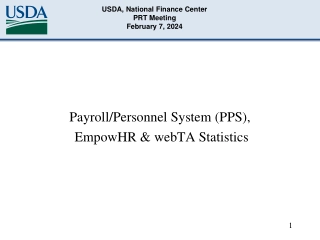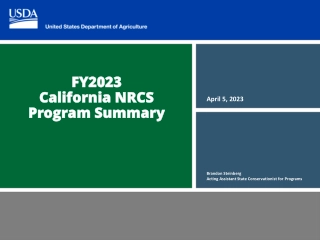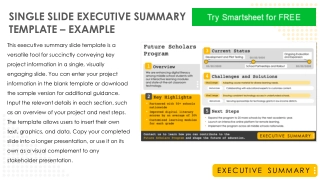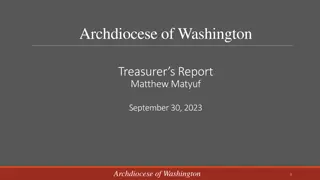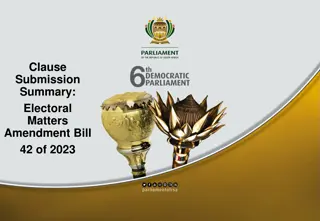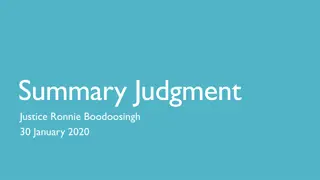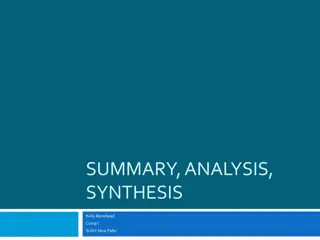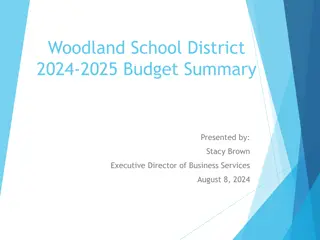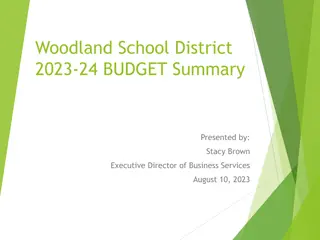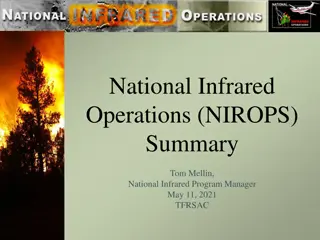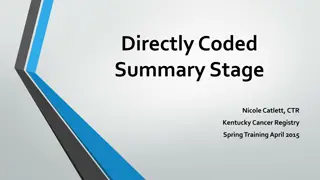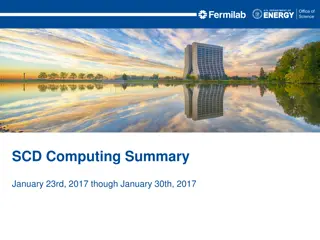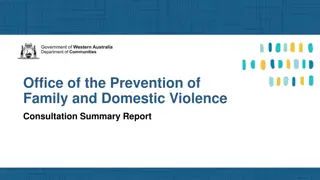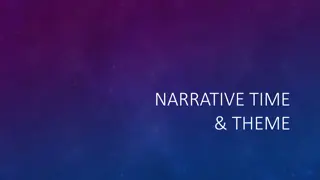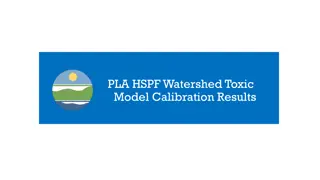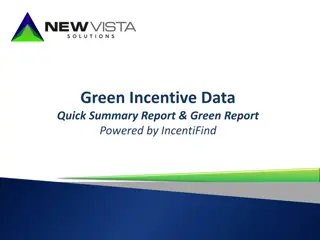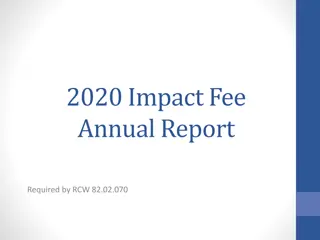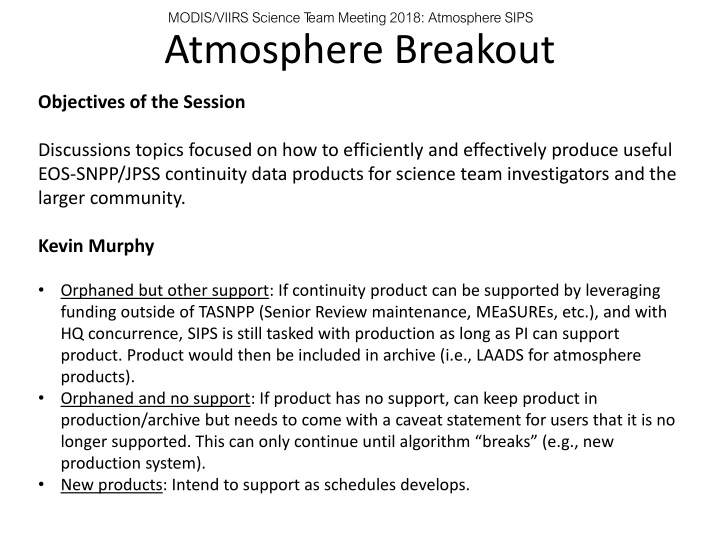
Efficient Production of Atmosphere Data Products for Science Investigators
The MODIS/VIIRS Science Team Meeting 2018 focused on producing continuity data products efficiently for science team investigators and the larger community. Discussions covered support for orphaned products, new product developments, delivery schedules, production statuses, and Level 2/3 products such as cloud masks, aerosol products, and more. The meeting also addressed the development of the Yori Level-3 gridding toolkit and the Level-3 status, emphasizing the importance of supporting product teams.
Download Presentation

Please find below an Image/Link to download the presentation.
The content on the website is provided AS IS for your information and personal use only. It may not be sold, licensed, or shared on other websites without obtaining consent from the author. If you encounter any issues during the download, it is possible that the publisher has removed the file from their server.
You are allowed to download the files provided on this website for personal or commercial use, subject to the condition that they are used lawfully. All files are the property of their respective owners.
The content on the website is provided AS IS for your information and personal use only. It may not be sold, licensed, or shared on other websites without obtaining consent from the author.
E N D
Presentation Transcript
MODIS/VIIRS Science T eam Meeting 2018: Atmosphere SIPS Atmosphere Breakout Objectives of the Session Discussions topics focused on how to efficiently and effectively produce useful EOS-SNPP/JPSS continuity data products for science team investigators and the larger community. Kevin Murphy Orphaned but other support: If continuity product can be supported by leveraging funding outside of TASNPP (Senior Review maintenance, MEaSUREs, etc.), and with HQ concurrence, SIPS is still tasked with production as long as PI can support product. Product would then be included in archive (i.e., LAADS for atmosphere products). Orphaned and no support: If product has no support, can keep product in production/archive but needs to come with a caveat statement for users that it is no longer supported. This can only continue until algorithm breaks (e.g., new production system). New products: Intend to support as schedules develops.
MODIS/VIIRS Science T eam Meeting 2018: Atmosphere SIPS Atmosphere Breakout Project summaries: 2-pageslides collected from all Atmosphere Science team PIs. PIs with no oral presentation were reviewed in the breakout. Collection of the two slides will be distributed to Atmosphere Team. Atmosphere SIPS Overview: Liam Gumley Delivery Schedule/Plans Update Production status of standard (cloud products, aerosol products, fusion) and orphaned products (Dark Target Aerosol, Water Vapor) Version Numbering, Example Products Software and Product Stewardship Reviewed web site and quick looks Yori Level-3 gridding toolkit developed by SIPS (more on this later)
MODIS/VIIRS Science T eam Meeting 2018: Atmosphere SIPS Atmosphere Level 2/3 Products Product Description Spatial resolution Product PI SIPS Production and Delivery to LAADS Product Short Names Cloud Mask (day/night) CLDMSK_L2_VIIRS_SNPP CLDMSK_L2_MODIS_AQUA 0.75 km 1.0 km 6.0 km 1.0 degree 1.0 degree Completed May 2017 Ackerman /Holz Deep Blue Aerosol (day) AERDB_L2_VIIRS_SNPP AERDB_D3_VIIRS_SNPP AERDB_M3_VIIRS_SNPP Completed Oct 2018 Hsu Cloud Infrared and Optical ProperUes (day/night) CLDPROP_L2_VIIRS_SNPP CLDPROP_D3_VIIRS_SNPP CLDPROP_M3_VIIRS_SNPP CLDPROP_L2_MODIS_AQUA CLDPROP_D3_MODIS_AQUA CLDPROP_M3_MODIS_AQUA 0.75 km 1.0 degree Heidinger 1.0 degree 1.0 km 1.0 degree 1.0 degree Platnick/ Expected Oct 2018 3
MODIS/VIIRS Science T eam Meeting 2018: Atmosphere SIPS Atmosphere Breakout Level-3 status Not explicitly proposed in TASNPP but not orphaned. Yori toolkit initially pursued for SIPS QA but evolved to support L3 infrastructure for product teams. Yori Configuration Files (aggregation rules and QA-filtering) are developed/responsibility of algorithm team. Currently being used for for CLDMSK and CLDPROP VIIRS and MODIS streams. Will provide MOD08-equivalent datasets including all scalar, 1D and 2D histograms (daily, monthly). AERDB has separate SeaWiFS-like L3 product (daily, monthly); results similar to MOD08. Working towards defining how/if users can tailor their own aggregation needs for their studies. MODIS-like L3 browse imager and web site not developed. Will investigate leveraging MODIS-Atmospheres browse scripts. Products can be displayed in WorldView
MODIS/VIIRS Science T eam Meeting 2018: Atmosphere SIPS Atmosphere Breakout Product Documentation and Publications (ATBD/User Guide discussion) Don t want to get hung up on names. Atmosphere team essentially combined ATBD/User Guide wanting to make documentation more comprehensive/useful for science users. Completed and continually updated for MODIS. Continuity product User Guides are written. Will work with MODIS /Vince to get links to User Guides and/or add ATBD to title as needed. Science team investigators asked to provide input on the documents. Metrics for Demonstrating Product Continuity Discussion with science investigators. Answer depends on product usage. Current foci includes time series across large special regions, pixel-level intercomparisons (to extent possible), and other independent methods (e.g., ground-based networks)
MODIS/VIIRS Science T eam Meeting 2018: Atmosphere SIPS Atmosphere Breakout Relative Calibration between sensors (Discussion) Monitoring of adjustment factors. SIPS provides intersensor match files needed for calibration assessments. Algorithm teams analyze for appropriate scenes and retrieval-consistent forward radiative models. DB Aerosol (AERDB) and CLDMSK/CLDPROP use different VNIR/SWIR adjustment factors, but very close in most bands. How often do we need to change coefficients? How to keep science quality in forward stream? SIPS reprocessing for assessing time-dependent adjustments AERDB has time-dependent linear adjustment (Sayer et al., 2017) Adjustment factors reported in L2 product files? Provided in CLDPROP files. AERDB requested to do so in their next release. Need to add NOAA 20 (JPSS-1) to the calibration intercomparison infrastructure. How does SIPS continue to support calibration activities that need new satellites?
MODIS/VIIRS Science T eam Meeting 2018: Atmosphere SIPS Atmosphere Breakout Uncertaintiesassociated with data products (how are we defining uncertainties and how is it tied to continuity) No single/simple answer or methodology (depends on part of state space, what datasets or combination of datasets are used). Approaches used by Atmosphere Algorithm developers includes: Pixel-level for quantitative error sources that we understand (AERDB, cloud optical and top for CLDPROP have uncertainty datasets). Statistical approaches based on independent measurement techniques that cover some aspects of a product suite: e.g., AERONET (near global) and other ground-based assets (typically not extensive), field campaigns, independent satellite assessment (CALIOP for cloud mask and cloud-top, etc.). L3 time/space aggregation uncertainties more complicated since error source correlation on time/space scales needs to be understood
MODIS/VIIRS Science T eam Meeting 2018: Atmosphere SIPS Atmosphere Breakout Other sensors (discussion requested by B. Baum) Atmosphere team priority is working with new generation of GEO imagers (ABI, AHI), including Aerosol DT. All algorithms have been ported/tested.
MODIS/VIIRS Science T eam Meeting 2018: Atmosphere SIPS Atmosphere Breakout Thank you Steve & Steve


